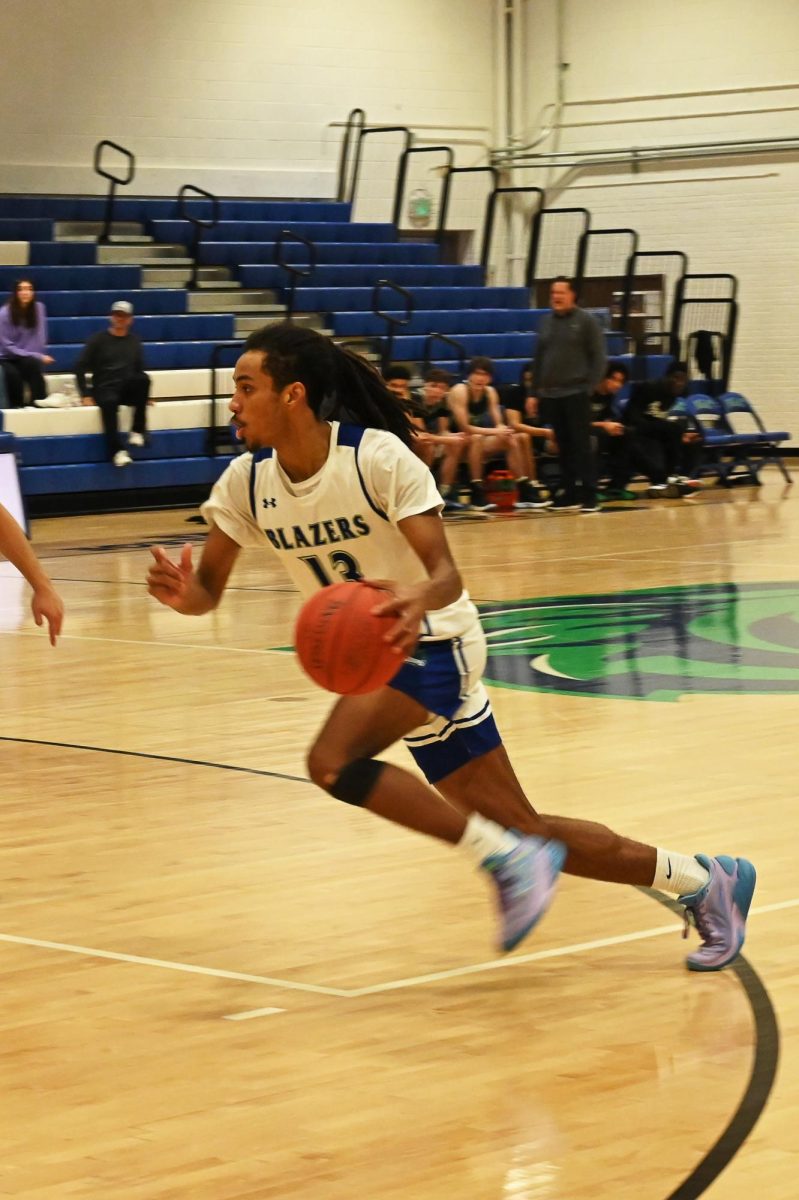Dallas College students in the departments of history, philosophy and communications participated in a trip to Mississippi and Alabama to tour historical sites that marked pivotal moments in U.S. civil rights history. Each year, the departments organize a Civil Rights Tour where students get away for four days to explore the historic attractions.
Students and faculty departed from the North Lake and Cedar Valley campuses early in the morning. They headed toward Jackson, Mississippi, for their first visit.
Whether it was for a research paper, school publication or just the sake of being informed, everyone on the bus had a personal mission to fulfill.
“I do have to say that beyond the historical knowledge I obtained on this trip, I found me, not the one I was told to be but rather the one I know myself to be,” student Alexandria Reckley said.
After close to eight hours on the road, the delegation arrived at the Museum of Civil Rights in Jackson where they embarked on a immersive journey full of surprises.
“The first day is great. It is a way to prepare oneself emotionally for the heaviness that comes on the third day when visiting the Legacy Museum,” Curtis Hill, mental health counselor, said.
The Museum of Civil Rights in Jackson hosts nearly 15,000 items related to Mississippi, history and civil rights. The museum is divided in two sections: the historical side and the civil rights section.
The historical section shows the beginnings of the states with Hernando De Soto to Pierre Le Moyne leading French settlements and trading with the native tribes that will later be trailed out of their homeland.
As one progresses through a remarkable observation in this section, it reveals the drastic unequal living conditions between slaves and plantation owners.
As the group made their way to the civil rights section of the museum, they obtained an accurate history of the contributions of Black Mississippians to the national efforts of eradicating segregation.
They also learned about the contributions of Hiram Revels who became the first African American senator in 1870.
As it was a self-guided tour, the students were able to experience short films, notably the story of Emmet Till, in a chronological timeline of the history as well as simulations of the incessant harassments of Black by white during the lynching period.
From one student to another, the reaction was different.
“I am here as I must do a research assignment for my HIST 1302 class. I am originally from the Dominican Republic. I am trying to tie the chronological timeline of the civil rights movements here in America to what was happening in the D.R. then,” student Jukeisly Del Orbe said.
The delegation woke up at dawn in Birmingham, Alabama, where they continued their tour at the Birmingham Civil Rights Institute, the 16th Street Baptist Church and Kelly Ingram Park.
The delegation split into two groups, per the institutions’ request to further their knowledge.
The self-guided tour of the museum started with a short film explaining the origins of the City of Birmingham. Then the screens were lifted to give insight to the visitors of what “separate, but equal” truly meant at that time.
Across the street, Kelly Park offered an immersive experience for the discovery of the Foot Soldiers with statues and sculptures depicting the events.
The most touching part was the story of the children who marched, risking their lives to grow up in a world where they could have equal access to everything. Finally, the group visited the 16th Street Baptist Church, where the bombing killed four little girls, with a witness who guided the tour.
“So far, today has been the most interesting day for me,” student Mamou Sy Sanou said. “My favorite part was the church because of the witness-guided tour. There is a remarkable difference between learning history through the books and learning it through the count of a person who was there.”
Headed for the Legacy Museum, the students had the opportunity to walk through a condensed version of not just African American history but of Black history. It was a major reason students attended the tour.
Tears were shed. Sobbing could be heard. Profound indignation could be seen on their faces at the sound of the water that swallowed some 2 million slaves who could not endure the hardships of the journey. Immediately students and faculty alike knew this experience was going to be emotionally challenging.
The museum harbors the pain and struggles of Black communities from enslavement to mass incarceration. The immersive experience included short films, phone calls with unjustly incarcerated individuals failed by the system, but also the significant progress made by Black Americans.
“I do have to say that it was a lot to take in. This is a reminder of the work that needs to continue being done throughout communities to not only raise awareness about the past but also ensure that we keep moving towards the right direction,” Deidre Jones, dean of communications, said.
Before the delegation returned to Dallas, they recreated the iconic Edmund Pettus Bridge March in Selma, Alabama. The tour took place during Women’s History Month and Roy Vu, histroy professor, asked that the women of the trip take the lead as a reminder of the inclusivity of the Civil Rights Movement.
Two by two, with chants and appreciation of the moments, the delegation walked on the bridge remembering that such a simple act marked the beginning of a new era for all marginalized groups throughout the nation.













